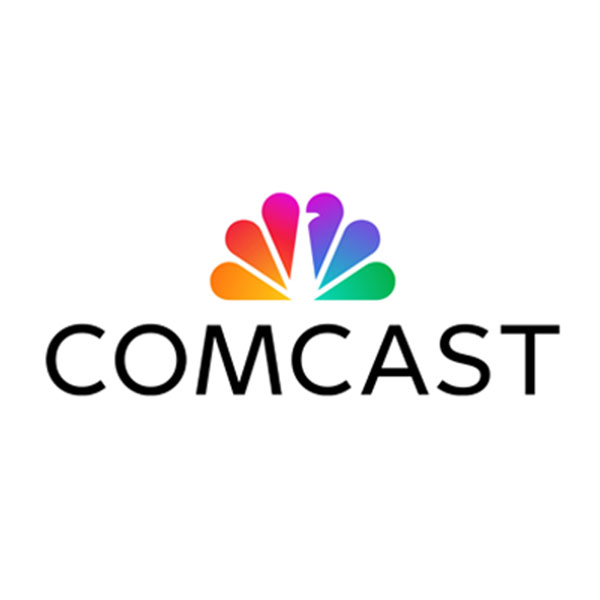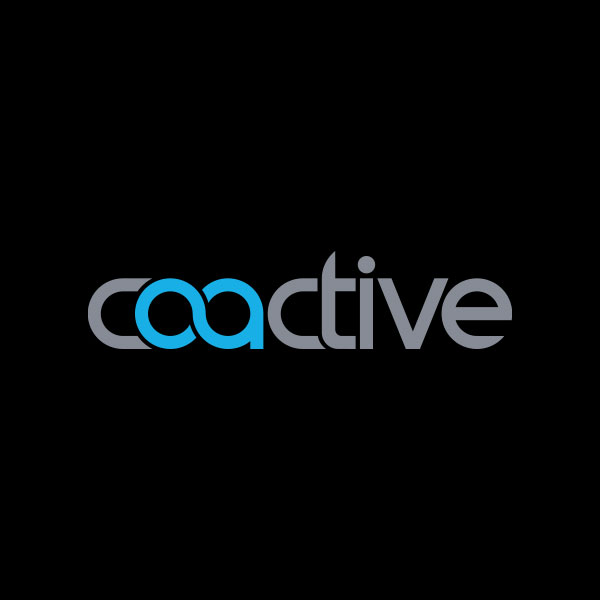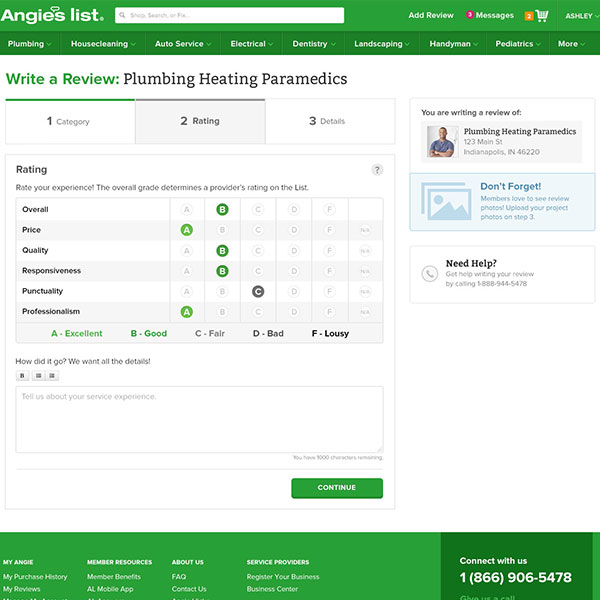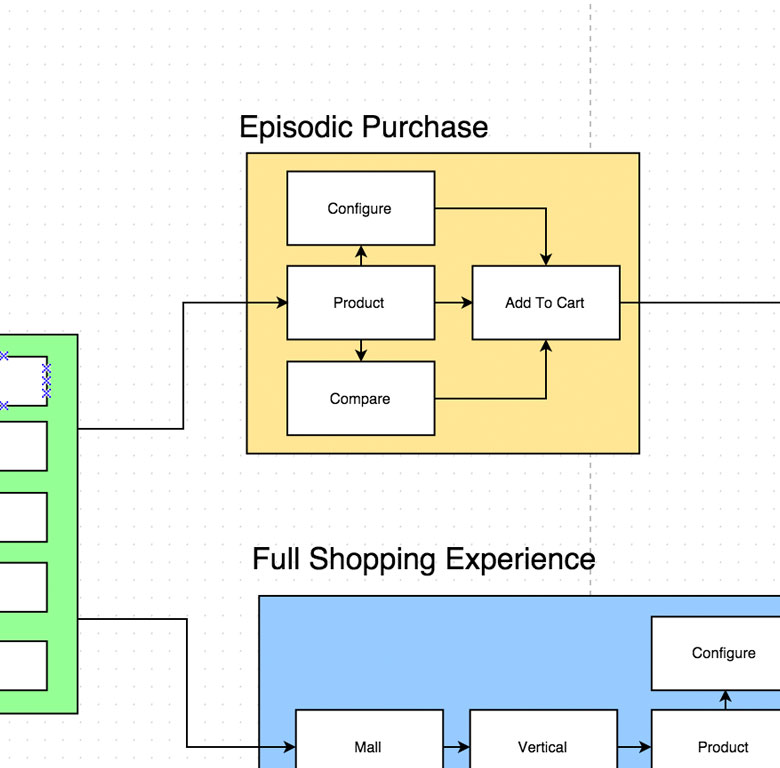
UX
From startups to motherships picking low-hanging fruit or full epics.
User Experience Comes First
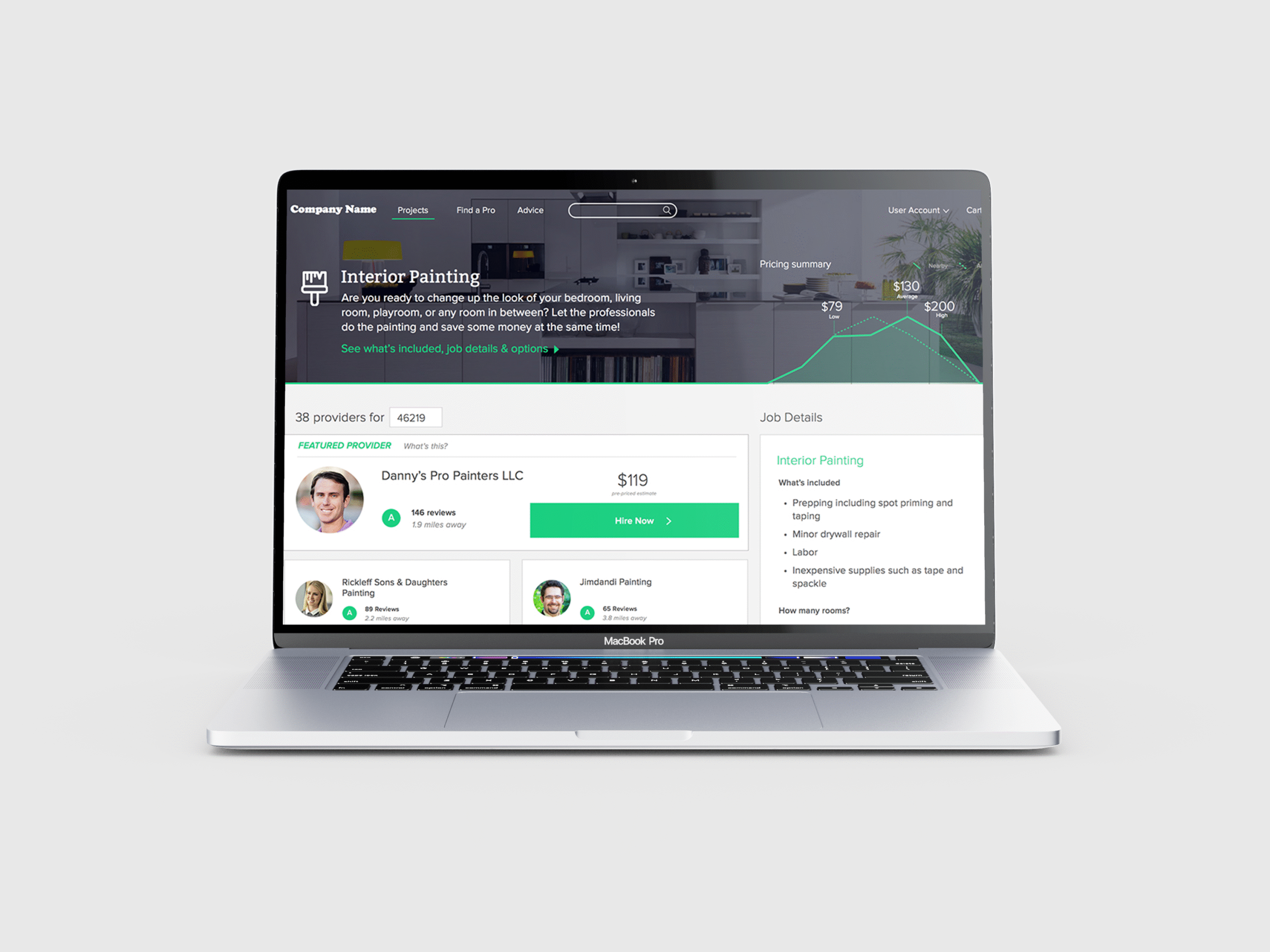
UX Design
User-First. Process-Driven. Outcome-Oriented.
Every project I take on starts with listening. Not just to the brief—but to the tension beneath it. I break down friction, build with empathy, and shape digital tools that feel personal and purposeful.
Just as deeply as we design for users, we honor the teams and businesses behind the work. Collaboration is core, and our mission is to create—not unravel.
Let’s make tech that earns its keep.
Process
User-First. Process-Driven. Outcome-Oriented.
Empathize
Before any interface, wireframe, or flow, there’s the need to listen. Real UX begins with immersing ourselves in the lives of our users—not just their goals and frustrations, but the rhythms of how they move, work, and adapt. I combine empathy-driven observation with structured research methods like interviews, journey mapping, and usability audits to uncover the motivations behind user behavior. These insights reveal the emotional and functional needs that systems must support. It’s not just about data—it’s about resonance. This phase sets the tone for every design decision that follows, aligning the work with real people, in real environments.
Define
With research and empathy as our foundation, the next step is transforming insight into a strategic roadmap. I synthesize user needs, project goals, and guiding principles that give the work direction and purpose.
Equally important is building clarity around logistics. This phase is where we define timelines, roles, and reach goals—alongside the measures of success that will guide our collaboration. Transparency is key: I make space for honest conversations about scope, constraints, and priorities, so everyone’s operating with shared understanding and aligned expectations.
It’s how great design gets out of the abstract and into motion—organized, intentional, and ready to move forward.
Re-Cycle as Needed
Ideate
This is the innovation phase—where all ideas are invited into the conversation, no matter how raw, bold, or offbeat. Building on the empathy and research foundation, I explore directional possibilities that align with user needs and project goals. It’s about quantity and nuance.
Here, primary design directions begin to emerge. But just as important are the peripheral sparks—the “mini ideas” that might not carry the full weight of the solution but could shift the lens, spark a new pattern, or reveal a hidden opportunity. Ideation is as much about divergence as it is about discovery.
The goal is to invite enough thought to start seeing clarity—not just in what to pursue, but how to pursue it.
prototype
This is the moment ideas take shape. The sketches evolve into interactions, and concepts begin to move in space. Prototyping is where imagination meets friction—where structure, flow, and usability are tested in real time.
Choosing the right approach matters. It’s essential to balance speed, accessibility, and synchronicity across the team and with testing subjects. Everyone should be able to see, touch, and interact with the work—without technical friction or misalignment.
These prototypes aren’t just mockups. They’re living models of how users will feel, move, and solve within the final system. They reveal what works, what breaks, and where clarity needs reinforcement.
Test
This is the proving ground—the moment the work hits the track and starts responding to real-world friction. Everything we’ve built is now exposed to live context, and it’s here that precision and adaptability share the wheel.
Testing isn’t just validation—it’s improvisation. Research and design must stay synced, like a spotter and a driver navigating the same turns. I make sure both sides remain available, focused, and receptive throughout the process.
Mock interviews and dry runs are essential prep—tools to refine timing, tone, and facilitation before real users step in. Because the goal isn’t just collecting feedback; it’s listening well enough to respond meaningfully.
When testing is grounded in empathy and structured in rhythm, it doesn’t just challenge ideas—it clarifies them
Case Studies
Some Featured Work Examples
Problem-solving without friction. I design intuitive systems by staying grounded in user needs—and clear on execution.
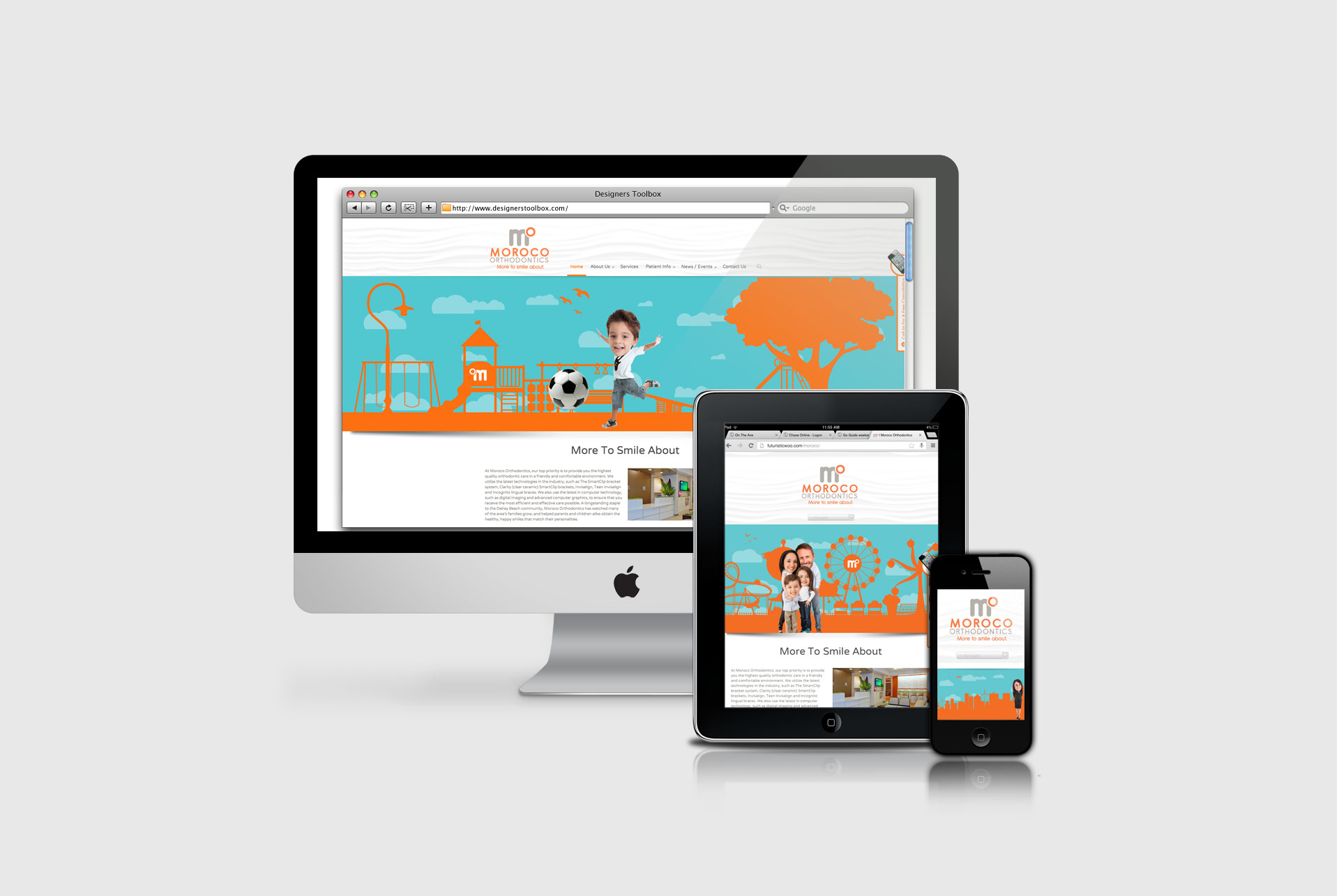

Joe is a passionate, knowledgeable UX practitioner who always strives to create the best possible design solution. One of his key strengths is the ability to immediately establish rapport during facilitation, and on our last project—agent satisfaction rose 40% nearly immediately upon deployment.

Working with Joe starts with the right questions. He always made sure he truly understood the ‘Why’ before jumping into mockups. It kept our projects lean, focused, and successful.
More Expertise
More than just UX and Photography
Branding
Logo Design
Web Design
Print Design Services
PPC Advertising
Content Marketing
Social Media Marketing
SEO & Online Marketing
Content Awareness Marketing


